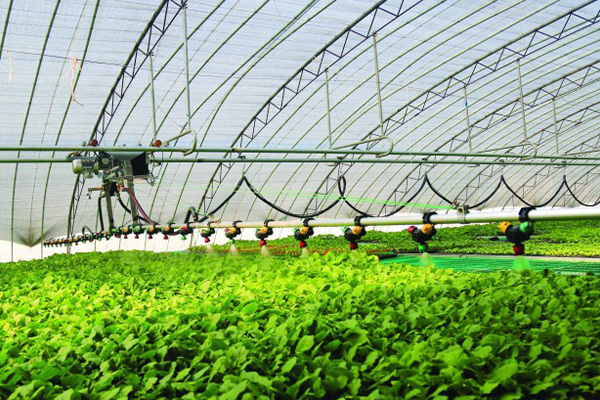Method for enhancing the adhesion of pesticide emulsifiers
Release Time:
Oct 15,2024
Emulsification: The pesticide emulsifier forms an extremely thin emulsion film on the surface of the pesticide particles, which enables the pesticide particles to be evenly dispersed in water to form a stable milky liquid. When sprayed on the surface of the plant, this emulsion can increase the contact area between the pesticide and the plant surface, thereby enhancing the adhesion of the pesticide.
Pesticide emulsifiers enhance the adhesion of pesticides mainly through the following mechanisms:
1. Emulsification: The pesticide emulsifier forms an extremely thin emulsion film on the surface of the pesticide particles, which enables the pesticide particles to be evenly dispersed in water to form a stable milky liquid. When sprayed on the surface of the plant, this emulsion can increase the contact area between the pesticide and the plant surface, thereby enhancing the adhesion of the pesticide.
2. Enhanced adhesion and permeability: Pesticide emulsifiers can not only help pesticides to disperse evenly, but also enhance the adhesion and permeability of pesticides. Through emulsification, pesticide emulsifiers make it easier for pesticide particles to adhere to the surface of plants, and promote the penetration of pesticides into the plant body, thereby improving the absorption rate and utilization rate of pesticides.
3. Stability improvement: pesticide emulsifiers can wrap pesticide particles to form a stable milky liquid, which can prevent the decomposition, degradation or precipitation of pesticides. By maintaining the stability of pesticides in liquids, pesticide emulsifiers ensure that pesticides remain active for a long time during application and effectively adhere to plant surfaces.
4. Reduce the surface tension of water: Pesticide emulsifiers have the effect of reducing the surface tension of water, which makes it easier for the pesticide emulsion to cover the surface of the plant. When the pesticide emulsion is sprayed on the surface of the plant, it can be more evenly distributed on the surface of the plant and form a film, which enhances the adhesion ability of the pesticide and the plant surface.
Pesticide emulsifiers effectively enhance the adhesion of pesticides by emulsifying, increasing adhesion and permeability, improving stability, and reducing the surface tension of water. This allows the pesticide to better adsorb on the surface of the plant, improve the utilization rate and control effect of the pesticide. In agricultural production, the correct use of pesticide emulsifiers is one of the important means to improve the effect of pesticides, reduce pesticide waste and environmental pollution.
Key words:
Recommended News




